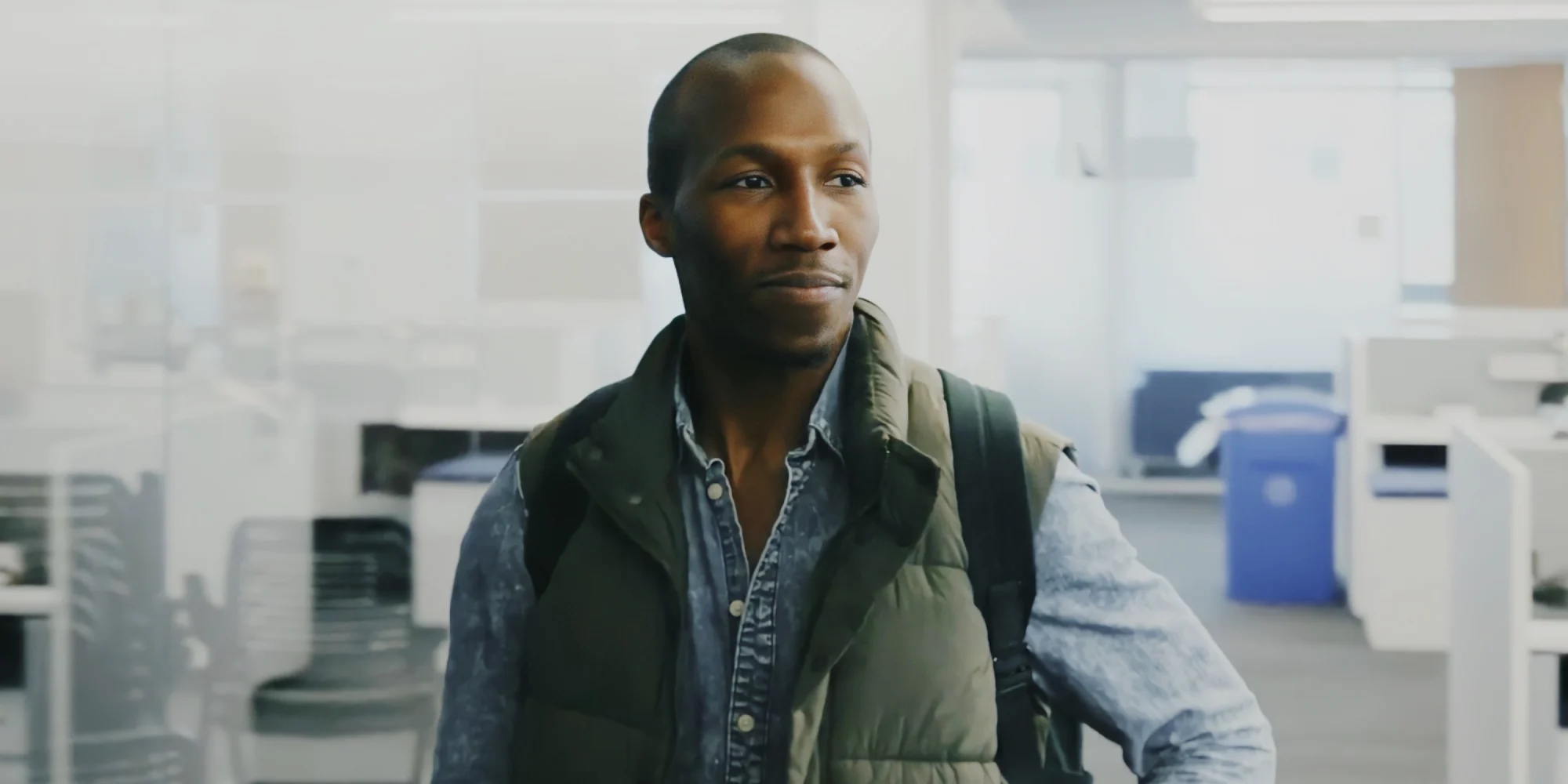Dollaride improves mobility in New York City’s transit deserts
Su Sanni’s Brooklyn-based startup is empowering dollar van drivers and helping New Yorkers in neighborhoods that traditional public transportation doesn’t reach.
In cities around the world, grassroots networks of vans and buses provide mobility access for millions of people. They’re known as colectivos in Latin America, jeepneys in the Philippines, and danfo buses in Nigeria. Traditionally, they have been part of the informal transit economy, providing more than 100 billion rides a year while transacting in cash and without set routes.
But in the outer boroughs of New York City, where they’re known as dollar vans, a startup called Dollaride is equipping drivers and passengers with a seamless digital payments experience more often associated with cutting-edge industries.
“I think about what we’re doing as creating infrastructure for the informal transit world,” said Dollaride founder Su Sanni.
Creating trust, boosting incomes
Sanni grew up in East New York where the nearest subway station was a mile away. His uncles drove dollar vans and eventually owned their own van fleets. Those experiences led him to create Dollaride in 2018.
He used Stripe Atlas to form a Delaware C corporation, obtain an EIN, and open a bank account. The Dollaride app enables passengers to hail a ride, indicate where they want to get off, and pay with a credit or debit card through Stripe payments. Dollaride then uses Stripe Connect to pay out to drivers.
Getting the technology right was one part of the equation. Earning the trust of drivers and passengers was another, and that’s why Sanni decided to build with Stripe.
“It was really important for us to demonstrate that our technology was secure, particularly around processing payments. We established that with Stripe,” he said.
Today more than 400 drivers in New York use Dollaride, and many report that their incomes have increased by a third since adopting the app. Sanni is now planning to bring the service to informal transit networks in other US cities.
“I’ve structured our business to be second to the driver earning a livable wage. I wanted to help the drivers be better business owners first and foremost,” he said.


